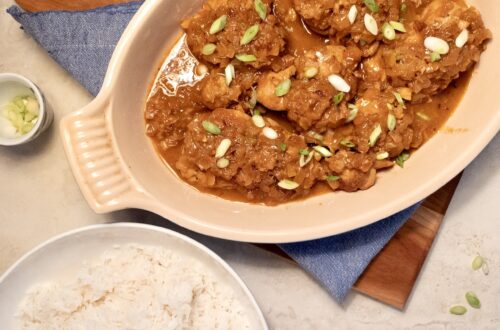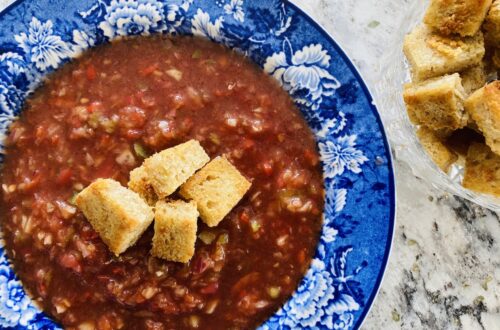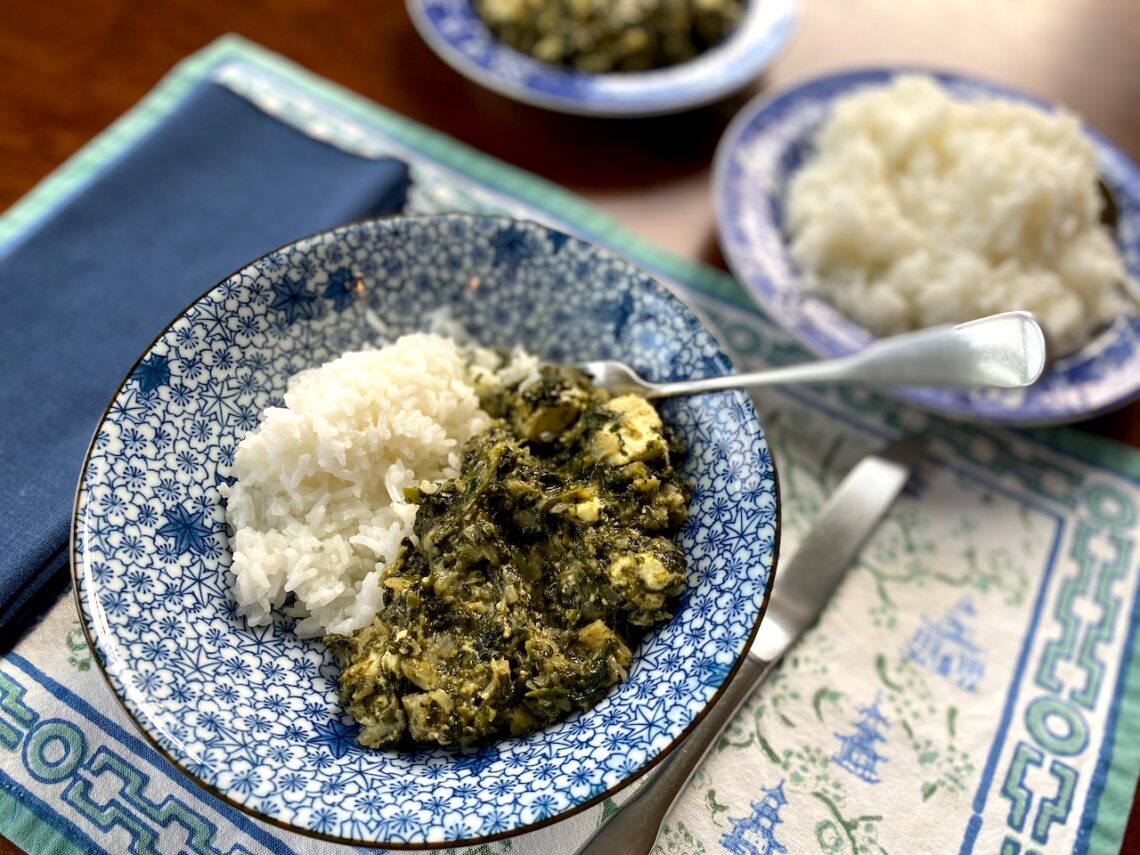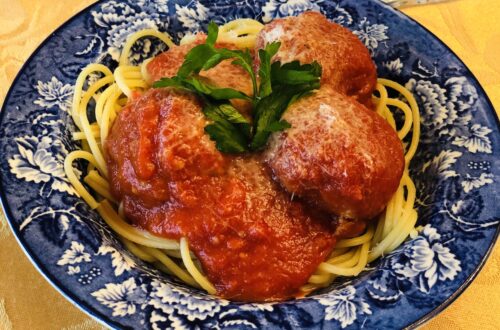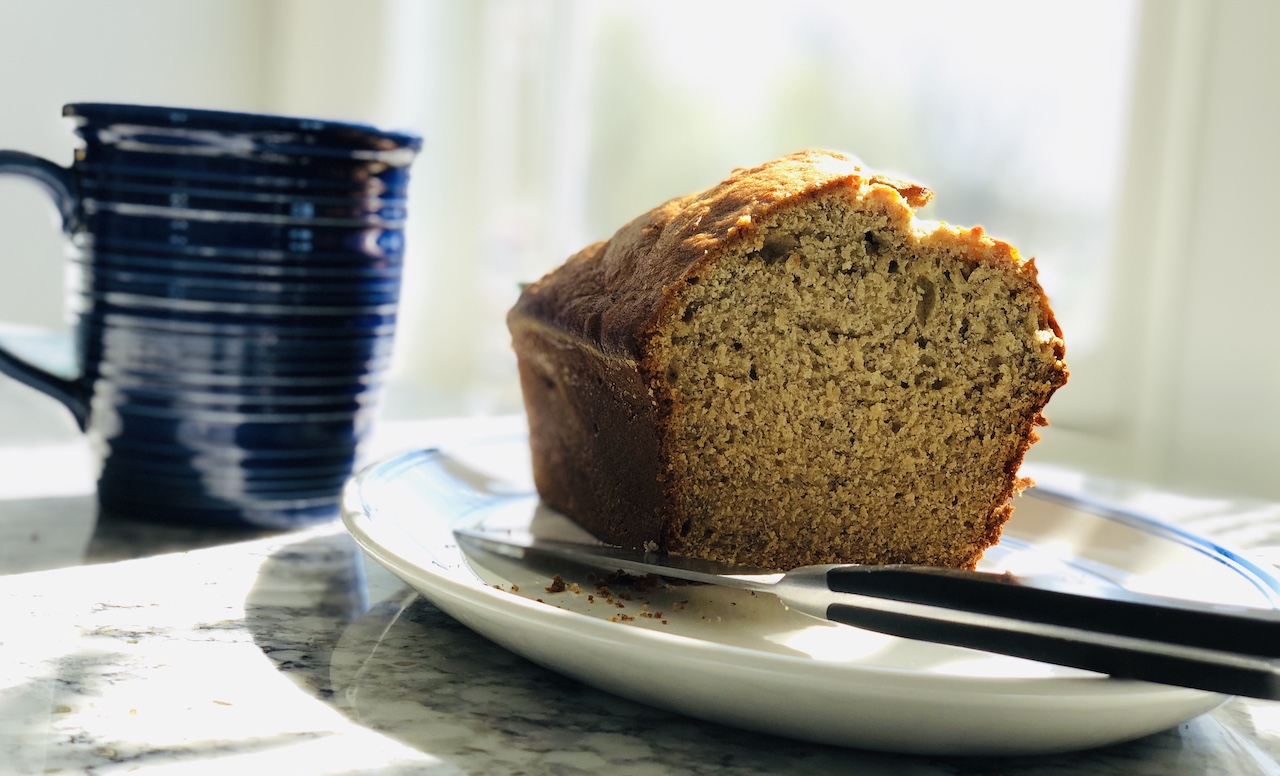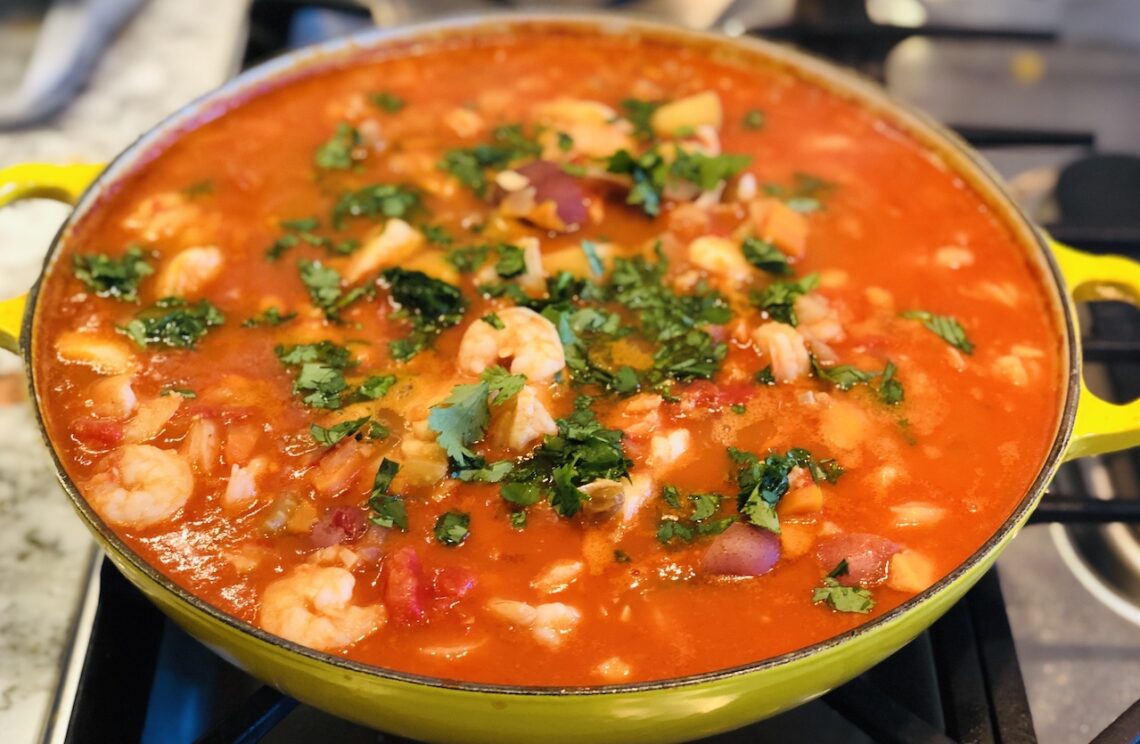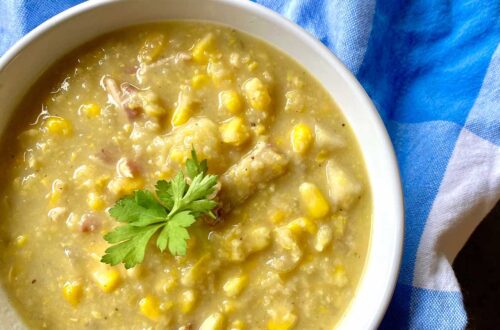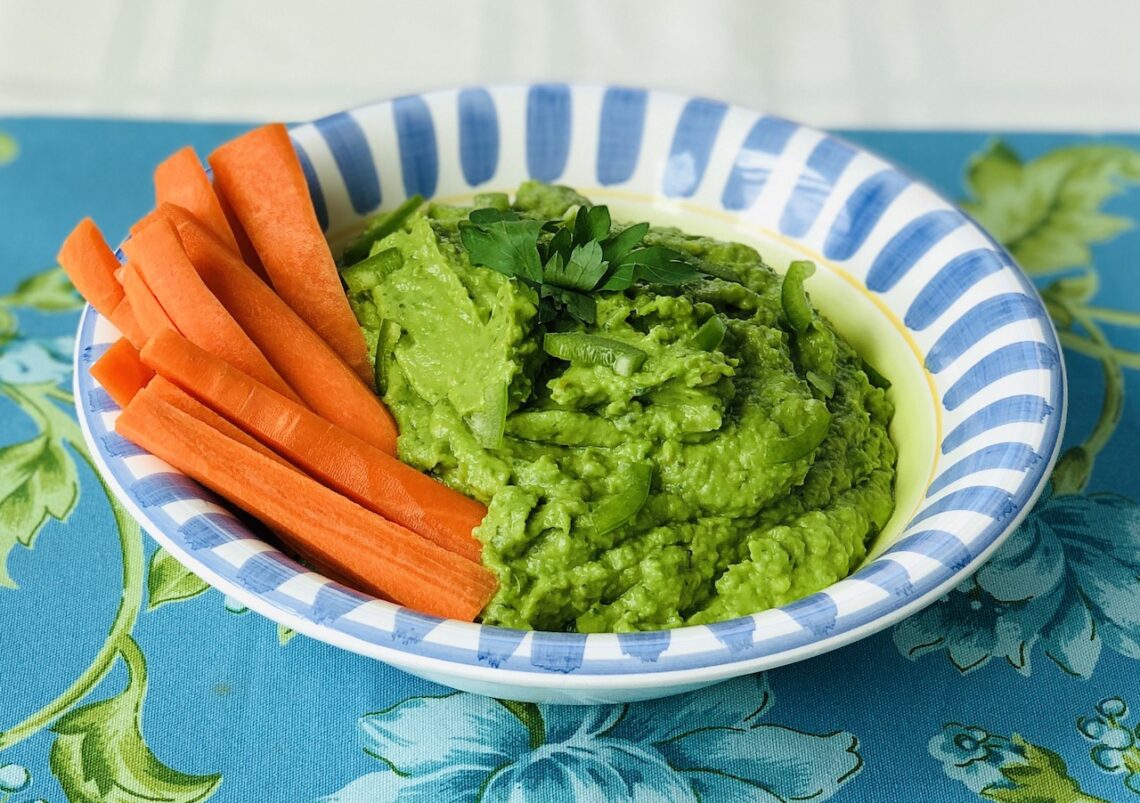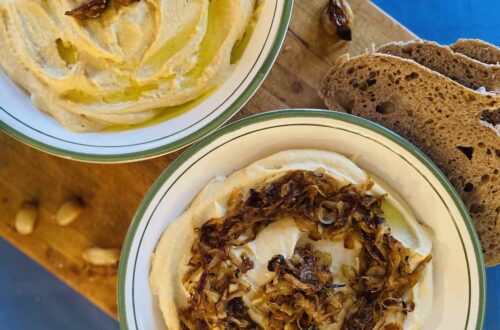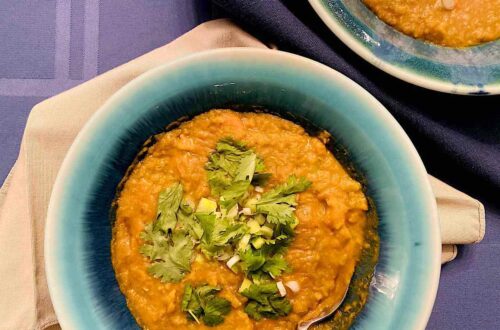-
Eggplant with Minty Tomato Sauce and Yogurt
The first year I lived in Berlin, my roommate and I cooked a lot. That year I learned to roast a chicken, not be scared of baking things I’d never heard of, and to put a lot of salt into pasta water. This dish – eggplant with minty tomato sauce and yogurt – was one of our staples, something we’d often make after coming home from a long day or for friends on the weekend. I’m not sure why, but I stopped making it for a number of years. When I decided to cook it this summer, I had no idea where I had gotten the recipe from. A quick google search showed me it is one of Madhur Jaffrey’s recipes, which explains why it’s so good. I’ve always loved eggplant, and the combination of spice and cumin cut by the creamy yogurt is a great late summer dish.
There is a lot to say about eggplants, olive oil, and tomatoes, but today’s post focuses on spices, specifically cumin. Cumin is the second most popular spice in the world, just behind pepper. Historians believe that it was first grown in Egypt, along the Nile, where it was used in the mummification process. The Greeks and Romans also used cumin, although they associated the spice with greed. Cumin didn’t remain in the Mediterranean, but spread around the world. It traveled east to Persia and then to India, as well as west to Spain and from there to North and South America. This spread of cumin explains why it is found in so many different food cultures: Indian, Iranian, Middle Eastern, Mediterranean, Mexican, Cuban, and many more.
-
Saag Feta
The pandemic has given me a chance to explore some new cookbooks. There are a few that I’m really excited about, but right now I’m obsessed with Indian(-ish) by Priya Krishna. It’s a collection of “Indian-ish” recipes – think Indian with American influences – that Priya’s mother cooked while Priya was growing up in Dallas. The recipes are simple but tasty, the photos are beautiful, and it has even inspired others in my apartment to try out the recipes. Although I want to cook just about everything in the cookbook, there is one recipe that I have fallen in love with: saag feta. Priya (really, her mother), replaced the paneer with feta and the end result is delicious. The feta melts perfectly into the spinach, adding a saltiness that matches the spice and the spinach.
I could go on and on about the saag, but I’ll get to the point. I’m cheating this week. Instead of an ingredient in the dish, I’m going to discuss an ingredient that goes with (or under) the dish: rice. I recently learned that almost 85 percent of rice consumed in the US is grown domestically and was astounded. Sure, I knew that the US had once grown rice – although the US history I had learned in high school and college was woefully inadequate, I knew that enslaved people had been forced to work the rice paddies in the Carolinas, which was incredibly dangerous and deadly work, where malaria, yellow fever, and other dangers were ever-present. (Also, it was actually enslaved people’s expertise in rice cultivation, brought over from Africa, that made rice growing in the US possible.)
-
Challah
In mid-April, around the period of this-stay-in-place-thing-has-already-gone-on-forever-how-much-longer-will-it-last (a lot longer, it turns out), I decided that I needed a way to make different days feel, well, different. Based not on religious practice but on a desire for a ritual to regulate the week, I started to make challah every Friday. For a few short weeks (three weeks, to be exact), while winter still hovered over Chicago, it was a great way to welcome in the weekend.
Over the years I’ve tried a few challah recipes, and this one is easily my favorite. (Hot tip: for anyone in a place where good hamburger rolls are difficult to find, you can make great rolls out of challah dough.) This recipe comes from Tori Avey, whose blog is my go-to for all Jewish foods. When I first made this challah, we discussed making French toast out of it. That never happened, since the challah never lasted long enough to get stale. (Or until Sunday, the day of Big Breakfasts.)
-
Mediterranean Fish Stew
At some point during my childhood, fish stew became the dish that my father and I cooked together. This was always an extensive process: we’d buy or make fish stock, which was either bland or way too fishy; we’d cook bacon, chop up all the vegetables, add everything to the pot; and then we’d step back and wait. We’d taste it, realize it was all wrong (often too fishy), and separate the whole thing out into two pots and more or less start over. Somehow it always ended up tasting good in the end, although I still don’t understand how.
More recently, we’ve cooked various Mediterranean-style fish stews. This recipe is the most recent and, in my view, by far the best. I’ve simplified the original recipe so it can be made with household spices, added raisins to contrast with the saltiness from the anchovies, and chosen to use chicken stock instead of water, which some may see as sacrilegious. I don’t care; it’s my kind of fish stew. (I’ve also added shrimp, because what’s a fish stew without shrimp.)
Cod is the center of this stew. A bottom-dwelling fish, cod was once everywhere in the Atlantic; it’s said that you used to be able to walk across the ocean on the backs of cod. But after centuries of fishing, by the 1990s the stock on the North American side of the Atlantic had been drastically reduced – off Canada down to 1 percent of its former level, while on the US side down to around 3 or 4 percent.
-
Avocado and Pea Dip
Two summers ago, I was living in Chicago for a couple of months when a friend came to visit. Through some hard-core restaurant searching, we ended up going to Ema, a California-inspired Middle-Eastern restaurant, for brunch. It was great – everything tasted fresh and it was the perfect combination of doughy breakfast foods and light hummus and labneh served with fresh pita. (Not sure how this turned into a restaurant review, but here we are – if you’re in Chicago, the brunch is worth it.)
This recipe comes from Ema. I have to admit that the first time I made it I was disappointed. Although the recipe I found online calls for 4 teaspoons of salt (which has to be an error), I added only one – and even with that reduction I thought it was so salty it was on the verge of being inedible. However, the next day I tried it again and it miraculously tasted great. Here’s a slightly revised version, to be eaten with vegetables or on toast.

